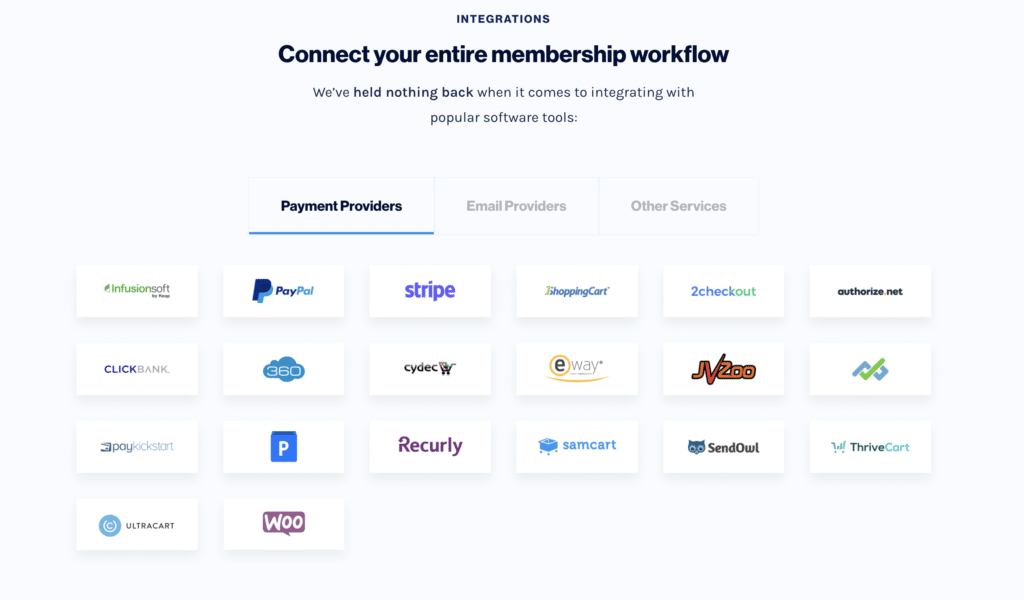There's this riddle / puzzle that I heard as a kid.
A guy is standing at the window of his office, in a 24 story building. He decides he's done and jumps. Halfway down, he hears a phone ring and immediately regrets his decision.
The guy who shared the riddle with me asked why.
I tried several reasons but didn't have the correct answer. The answer was that he thought he was the last person alive on Earth and the ring told him he wasn't alone. Of course when I was a kid we didn't have computers that could robo-dial, so the riddle doesn't really work anymore.
I haven't thought about that joke in a long time.
But today it sprang back to the top of my mind when I started writing this post. Not because I wanted to remember old and bad riddles.
I thought about it because it's a bit of a parable for how I see so many product owners in the WordPress ecosystem build their plugins – as if there's no one else in the world, building anything else that a customer might use with their product.
That can sound harsh. But let me shape it in a better and positive light.
All-in-one solutions are popular.
We all want to build products that deliver tons of value for all our customers. As a result, we often pursue a strategy for product development that has us building everything.
A customer wants a way to do something and makes a request – it goes on our roadmap. A customer complains that they can't do something – it goes on our roadmap.
And products get bigger and bigger.
Code gets heavier and heavier.
Support grows larger and larger.
And pricing goes higher and higher…
mostly because our products get more and more features.
What I'm telling you isn't new.
Years and years ago I was offering a tiny bit of advice to an online courseware plugin for WordPress called WP Courseware. They were contemplating going down a route that is similar to what LifterLMS has done. They were going to build a single, integrated, all-in-one solution.
I recommended a different approach. The one I'm going to share with you today. Because I think it's a sound approach to product strategy, but also because I think it's a sound and powerful growth strategy.
This is the growth strategy that Wishlist Member is using.
I hope I'm not sharing their secret growth strategy, but Tracy and the team at Wishlist Member are doing amazing things because of how they've been thinking about their product strategy.
The growth strategy is integrations.
I know I'm not spilling the beans because they show you the integrations directly on their site. More than 50 of them! Check it out.
These are their payment integrations.

Here are their email integrations.

And there are even more.

I know the list is overwhelming. And if you're a product person, it screams a ton of work. But as a product person, you also have to step back and admire the approach.
As a growth strategy, it's brilliant.
Because every one of these integrations opens you up to that audience. Every one of those integrations creates a larger partner network that invites more people to talk about you and consider your products.
But it's also more than that.
Check out this interview with the head of growth at Bonjoro, where Casey said,
“At Bonjoro, integrations have been our largest growth lever.…Launching integrations with the key tools that your customers use just makes your customers' lives easier. It saves them both time and money.
One of the biggest benefits of integrations is retention. The more connection points a customer has with your product, the longer they will stick around.“
The bold is my own added emphasis. And I'm pretty sure that the team at Wishlist Member already know what Casey was talking about. They have more than a hundred thousand customers who are sticking around.
Sign up for free content. People still do that.
Thousands of folks (7000+) regularly get my posts in their inbox. For free.
